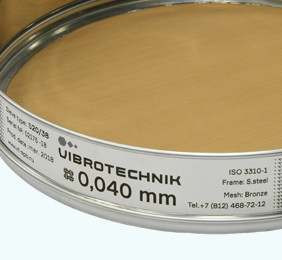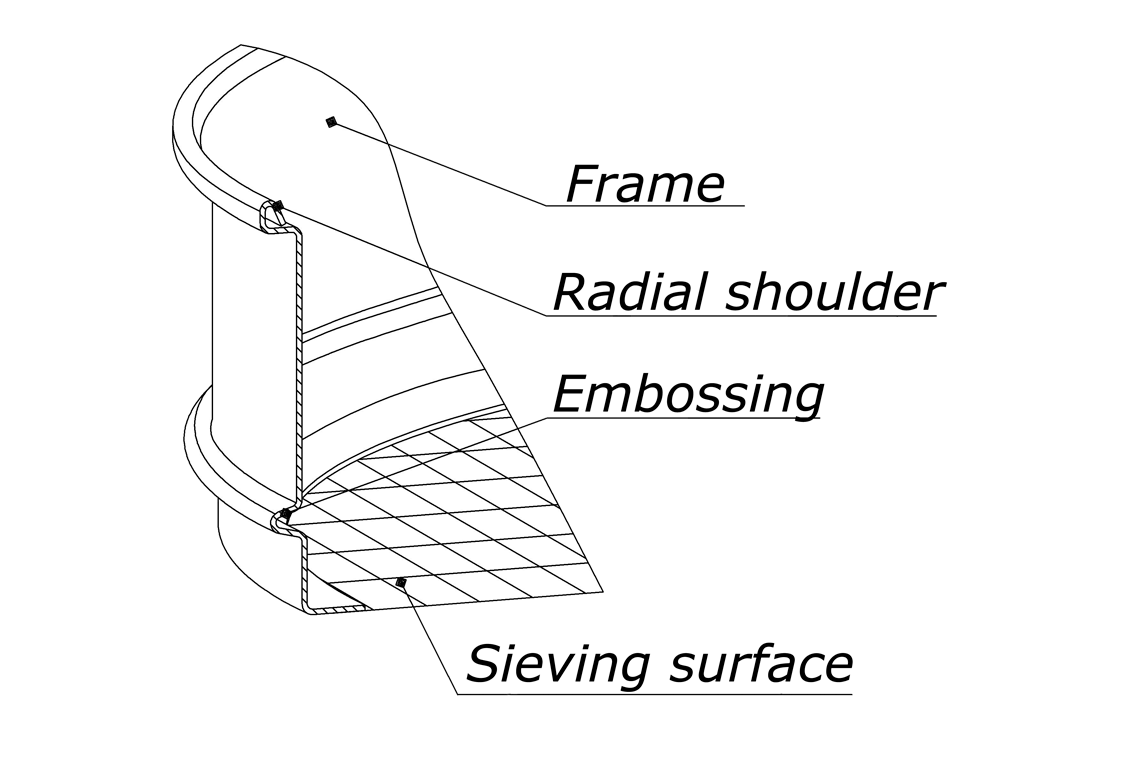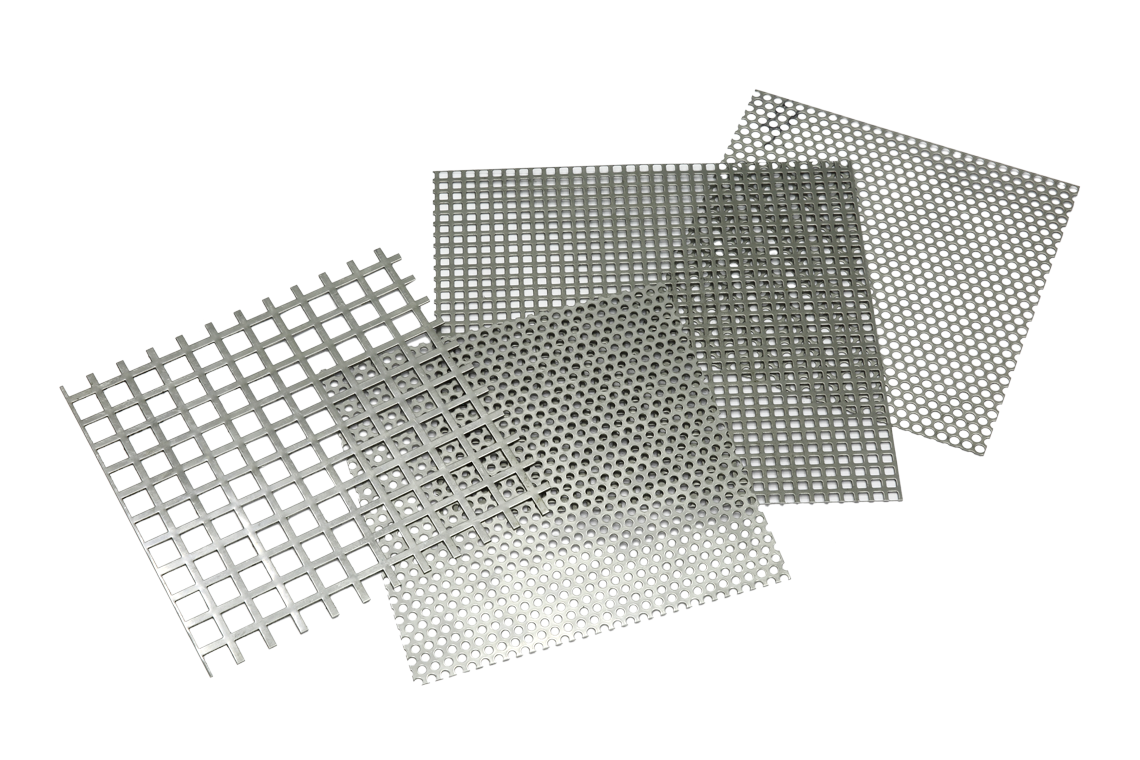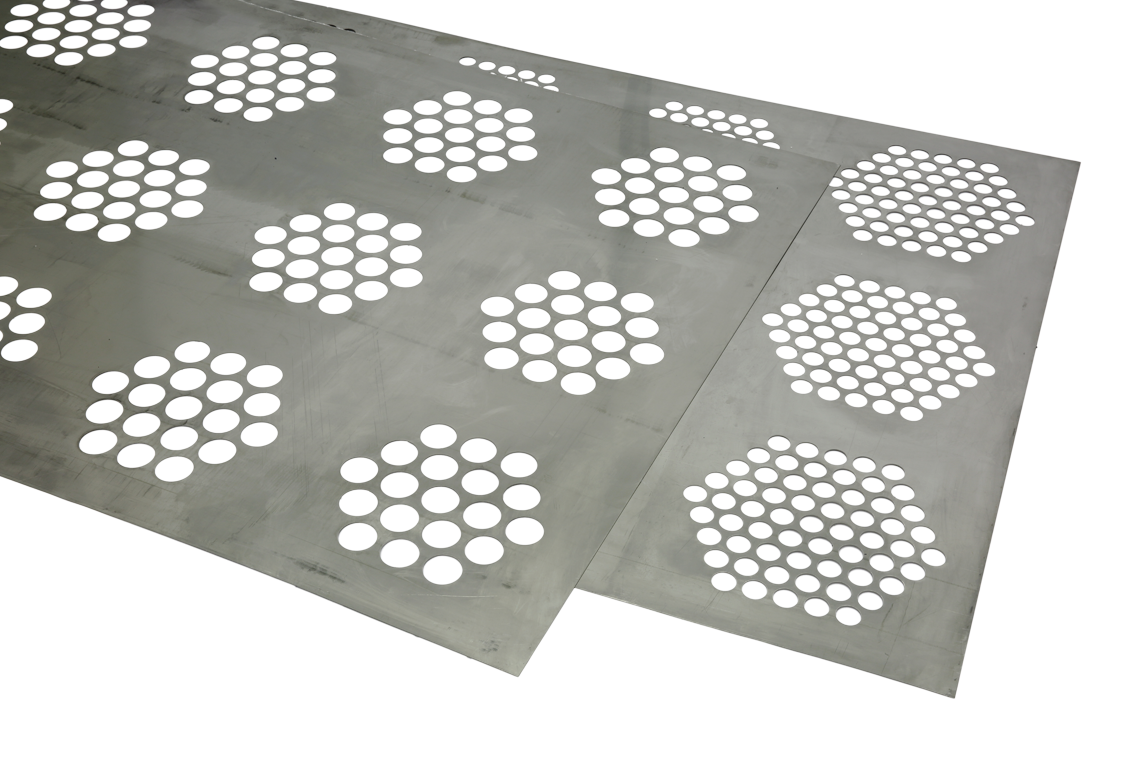Maliy pr. V. O., 62/2, liter A, St. Petersburg, Russian Federation, 199178
Sieve S 20/38 diameter 200 mm, height 38 mm
|
INDUSTRIES
|
APPLICATIONS Diamonds, ferroalloys, ore, metal powders, coal, glass, ceramics, polymers, peat, cereals, coffee.
|
CHARACTERISTICS
|
PARAMETERS |
VALUES |
||||||||||||
|
Inner frame diameter, mm |
200 |
||||||||||||
|
Mesh size, mm |
0,02 — 4,0 |
||||||||||||
|
Size of apertures in perforated plate, mm |
* |
||||||||||||
|
Weight, up to, kg |
0,2 |
||||||||||||
|
Maximum load on the sieve with mesh, kg |
0,15 |
||||||||||||
|
Maximum load on the sieve with perforated plate, kg |
* |
||||||||||||
|
Sieving element type and material |
|||||||||||||
|
Mesh material |
stainless steel, brass, bronze, polyamide |
||||||||||||
|
Mesh size of metal fabric screens |
|||||||||||||
|
Cell size, mm |
0,02 |
0,032 |
0,04 |
0,045 |
0,05 |
0,056 |
0,063 |
0,064 |
0,071 |
0,074 |
0,08 |
0,09 |
|
|
Material |
s.steel |
s.steel |
bronze, s.steel |
bronze |
bronze |
bronze, s.steel |
bronze, s.steel |
s.steel |
brass, s.steel |
s.steel |
brass, s.steel |
brass |
|
|
Cell size, mm |
0,094 |
0,1 |
0,112 |
0,125 |
0,14 |
0,16 |
0,18 |
0,2 |
0,25 |
0,28 |
0,315 |
0,355 |
|
|
Material |
s.steel |
brass, s.steel |
brass |
brass, s.steel |
brass, s.steel |
brass, s.steel |
brass |
brass, s.steel |
brass, s.steel |
brass |
brass, s.steel |
brass, s.steel |
|
|
Cell size, mm |
0,4 |
0,45 |
0,5 |
0,56 |
0,63 |
0,7 |
0,8 |
0,9 |
1 |
1,1 |
1,2 |
1,25 |
|
|
Material |
brass, s.steel |
brass, s.steel |
brass, s.steel |
brass |
brass, s.steel |
brass, s.steel |
brass, s.steel |
brass, s.steel |
brass, s.steel |
s.steel |
s.steel |
brass, s.steel |
|
|
Cell size, mm |
1,4 |
1,6 |
1,8 |
2 |
2,2 |
2,5 |
2,8 |
3,2 |
3,5 |
4 |
|
|
|
|
Material |
s.steel |
brass, s.steel |
s.steel |
brass, s.steel |
s.steel |
brass, s.steel |
s.steel |
s.steel |
s.steel |
s.steel |
|||
|
Polyamide mesh cell size |
|||||||||||||
|
Cell size, mm |
0,029 |
0,035 |
0,046 |
0,056 |
0,057 |
0,062 |
0,067 |
0,074 |
0,082 |
0,087 |
0,093 |
0,099 |
0,1 |
|
0,104 |
0,106 |
0,108 |
0,112 |
0,114 |
0,115 |
0,118 |
0,119 |
0,122 |
0,124 |
0,125 |
0,13 |
0,132 |
|
|
0,134 |
0,137 |
0,14 |
0,142 |
0,144 |
0,148 |
0,15 |
0,154 |
0,157 |
0,158 |
0,16 |
0,163 |
0,164 |
|
|
0,175 |
0,178 |
0,18 |
0,182 |
0,183 |
0,188 |
0,193 |
0,194 |
0,195 |
0,2 |
0,203 |
0,206 |
0,212 |
|
|
0,213 |
0,224 |
0,245 |
0,25 |
0,265 |
0,3 |
0,315 |
0,335 |
0,355 |
0,363 |
0,39 |
0,425 |
0,45 |
|
|
0,475 |
0,5 |
0,512 |
0,56 |
0,6 |
0,67 |
0,71 |
0,8 |
0,85 |
0,95 |
1 |
1,18 |
1,68 |
|
ADVANTAGES
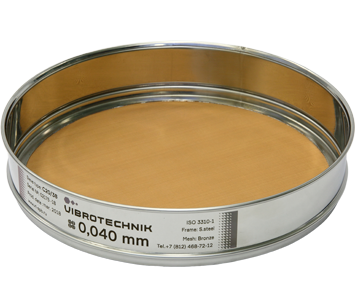 |
SIEVES COMPATIBILITY Laboratory sieves S 20/38 are compatible with Ø 200 mm (Ø 8») sieves of other brands. NO CROSS-CONTAMINATION OF SAMPLES The sieve frame is made of stainless steel (AISI 304). The ingress of sample particles between the frame and the screening element is excluded due to their tight fit to each other. SIEVE SHAKERS COMPATIBILITY S 20/38 sieves can be used in sieve shakers S 20 based on VD 30, VD 30T, EVD or VD 50. |
|
MESH MATERIAL
|
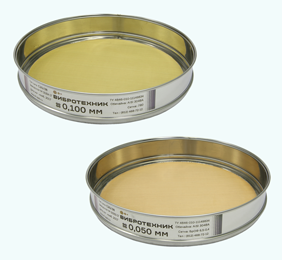 |
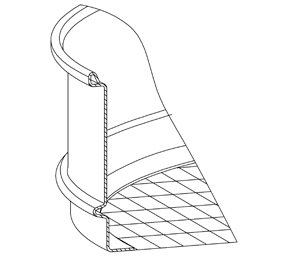 |
DAMPING RINGS AND EMBOSSING Radial shoulders and embossing provide high rigidity of the sieve. |
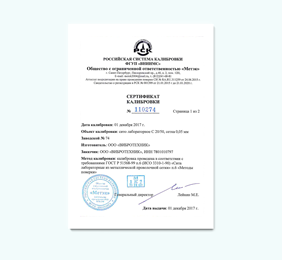 |
CALIBRATION CERTIFICATE Production quality is confirmed by a calibration certificate. |
DESCRIPTION OF THE DEVICE
|
Laboratory sieve S 20/38 consists of a frame, a sieving surface, a connecting element and a shock-absorbing sealing ring. In the place of attachment of the sieving surface and on the upper end of the frame, radial shoulders are made, and in the middle part there is an embossing, which ensures the rigidity of the sieve. The sieving element is tightly attached to the frame. The exclusion of cavities and gaps in which particles of material can accumulate reduces the risk of cross-contamination of samples, improving the quality of the sieve analysis. Labeling is performed by laser engraving. The shock-absorbing sealing ring eliminates the possibility of impacting the ends of the sieves and provides a tight connection between the sieves, with the intermediate rings, trays and covers. Types of perforated plates:
OPERATING PRINCIPLE The sieve analysis is performed using one or more sieves, a tray and a cover. The number of sieves, as well as the mesh size or the size and shape of the perforated plate apertures are determined by the conditions of the analysis. The sieve column can be equipped with intermediate rings to increase the height of the sieve, which allows loading larger samples onto the sieve, as well as intermediate trays for installing several sets of sieves in one column. The material to be sieved is loaded into the upper sieve. The sieve column complete with tray and cover must be shaken manually or using a VD 30, VD 30T, EVD or VD 50 vibration drive. Using the vibration drive allows to increase productivity of sieving due to high-frequency reciprocating screw oscillations of the platform on which the column of sieves is fixed. Particles of material which are smaller than the size of the sells / apertures in the sieving surface of the upper sieve fall through on the next sieve, where the cycle repeats. As a result, the sample is distributed between the sieves and the tray in accordance with the fractional content. At the end of the sieving process, the contents of each sieve are weighed and the particle size distribution of the sample is determined. |
S 20/38 sieve scheme Standard perforated plates Zone perforation plates 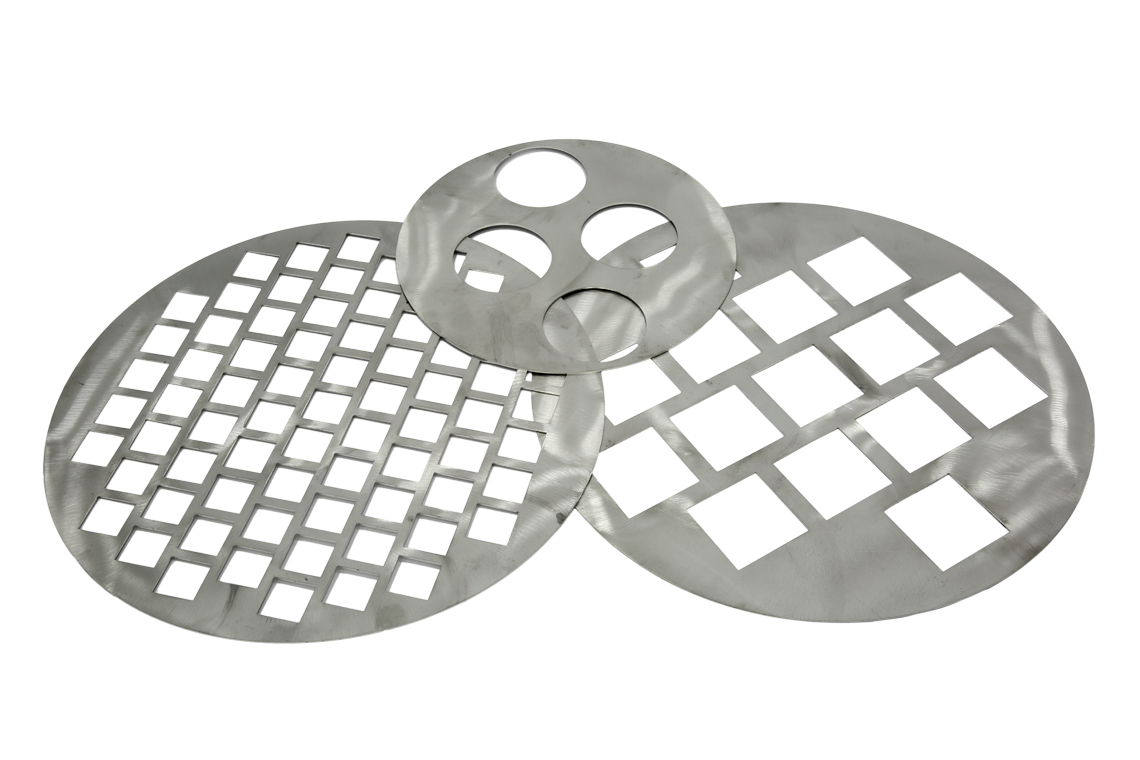
Laser perforation plates 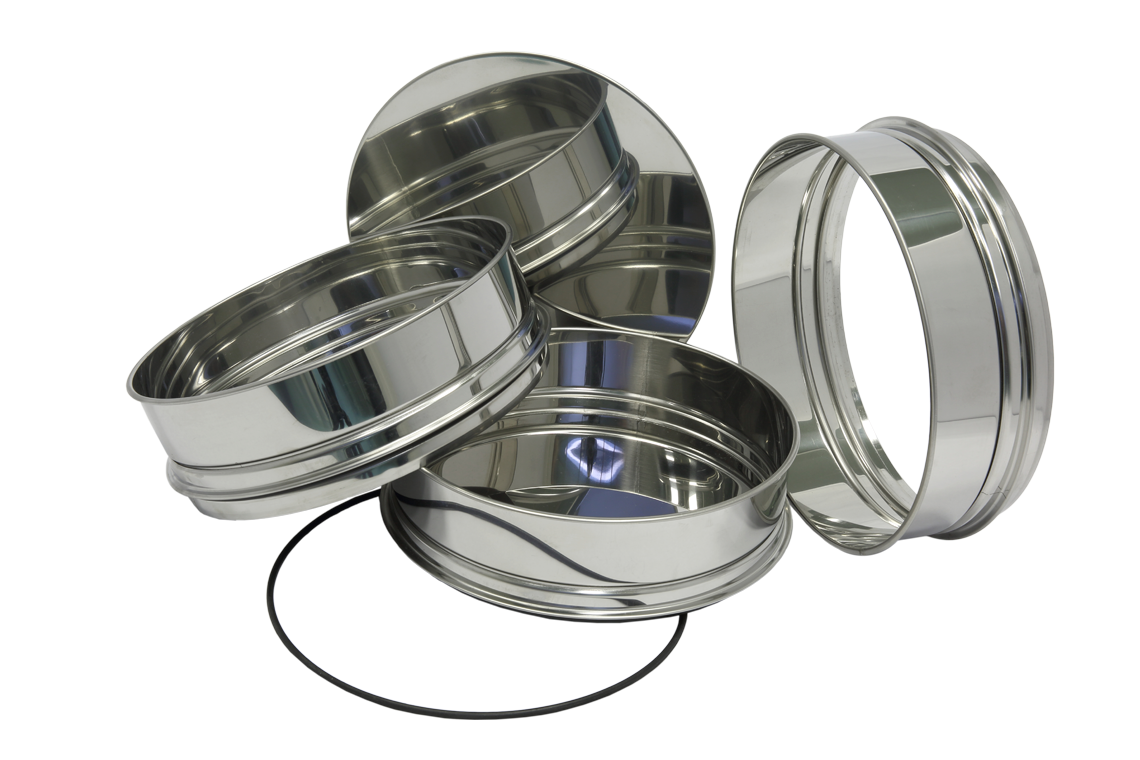
Intermediate tray, intermediate ring, cover, tray, and shock-absorbing sealing ring |




.png)
.png)



.png)



